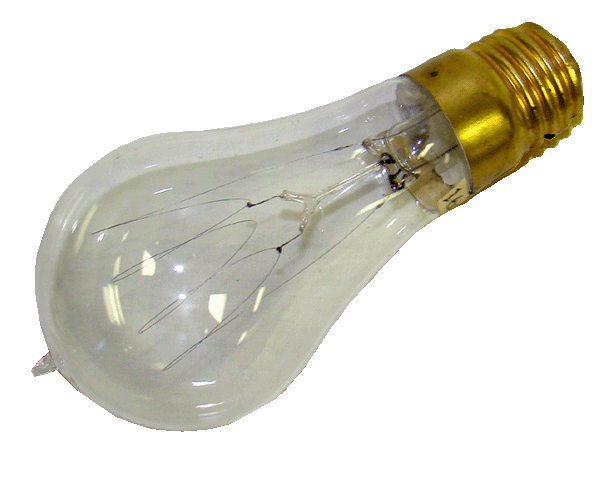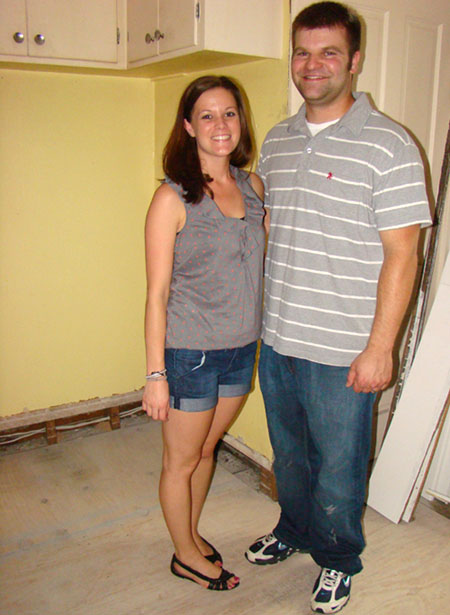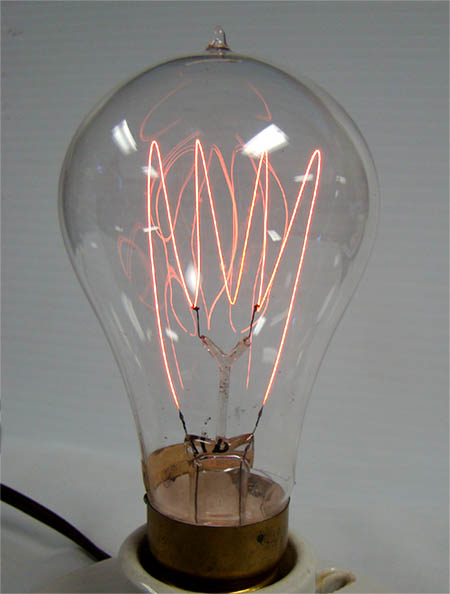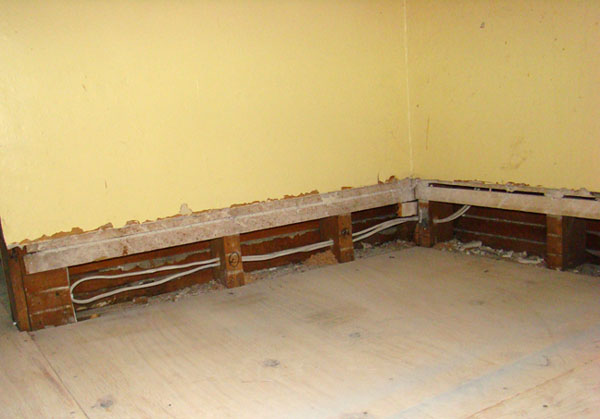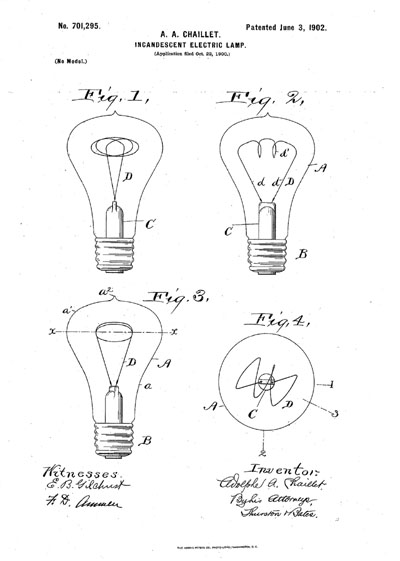|
- There
is much evidence that the Boulevard home located on lot # 1103,
may not have been completed when purchased by the Chaillet family.
The previous owners, Elver and Elmira Kimmel Williams, bought
the lot on the Boulevard from the partnership of Wentz, Brucker
and Leighty. This partnership was composed of Henry and wife
Sarah A. Bushey Wentz, Francis and Lena A. Palmer Brucker, and
Jacob and Kate A. Metzger Leighty. The contract was actually
between the partnership and Elmira K. Williams; Elver was not
mentioned in this deed document.
-
- -
-- - - - 1898 - - - - - -
-
- The
document in part reads "for the consideration of three
hundred & fifty Dollars (350.00) received to our full satisfaction
of Elmira K. Williams, the Grantee, do give, grant, bargain,
sell & convey unto the said Grantee, his heirs and assigns,
the following described premises: situated in the Village of
Shelby, County of Richland, and the State of Ohio, and known
as inlot number eleven hundred & three (1103) in the regular
series of consecutive numbers of inlots in the said Village of
Shelby, situated on the north side of Grand Boulevard in the
Wentz, Brucker and Leighty's Addition to Shelby, Ohio. To have
and to hold the above granted and bargained premises with the
appurtenances there unto belonging unto the said Grantee, his
heirs and assigns forever. And we (the partnership) . . . have
the good right to bargain and sell the same in manner & form
as above written; that the same are free and clear from all incumberances
whatsoever, except last half of 1897 taxes (due June 1898) and
that we will warrant and defend said premises with the appurtenances
there unto belonging to the said Grantee. his heirs and assigns
forever against all lawful claims and demands whatsoever. And
we (the partnership) . . . do hereby revise, release and forever
quit-claim unto the said Grantee and his heirs and assigns all
our right and title of dower in the above described premises,
and it is further covenanted by and between the parties to this
deed their heirs and assigns . . . . . that if the said Grantee
erects or builds a house on the above described premises, that
the same shall be built as a modern house, and that the same
shall not cost less than Twelve Hundred Dollars (1200. 00) and
it is further covenanted by and between the parties to this Deed
that the Grantee, erecting or building upon the above described
premises agree to build at a certain prescribed distance, not
less than thirty five feet from the public highway fronting said
lot. It is further agreed that these covenants shall run with
the land or premises and shall not be broken without the mutual
consent of the grantors and the then owner of the above described
premises.
- "In
witness whereof , we here unto set our bonds this ninth of April
in the year of our Lord one thousand eight hundred and ninety
eight. "
1
-
- The
above document was signed before C. W. Hildebrant (Notary Public)
and received August 31, 1898 and recorded on September 1, 1898.
-
- This
document provides the proof that the home on lot #1103 was begun
sometime after the signing of this deed.
|
